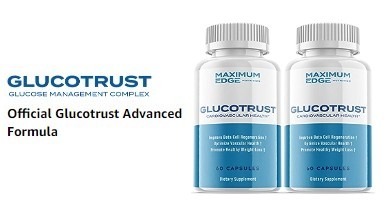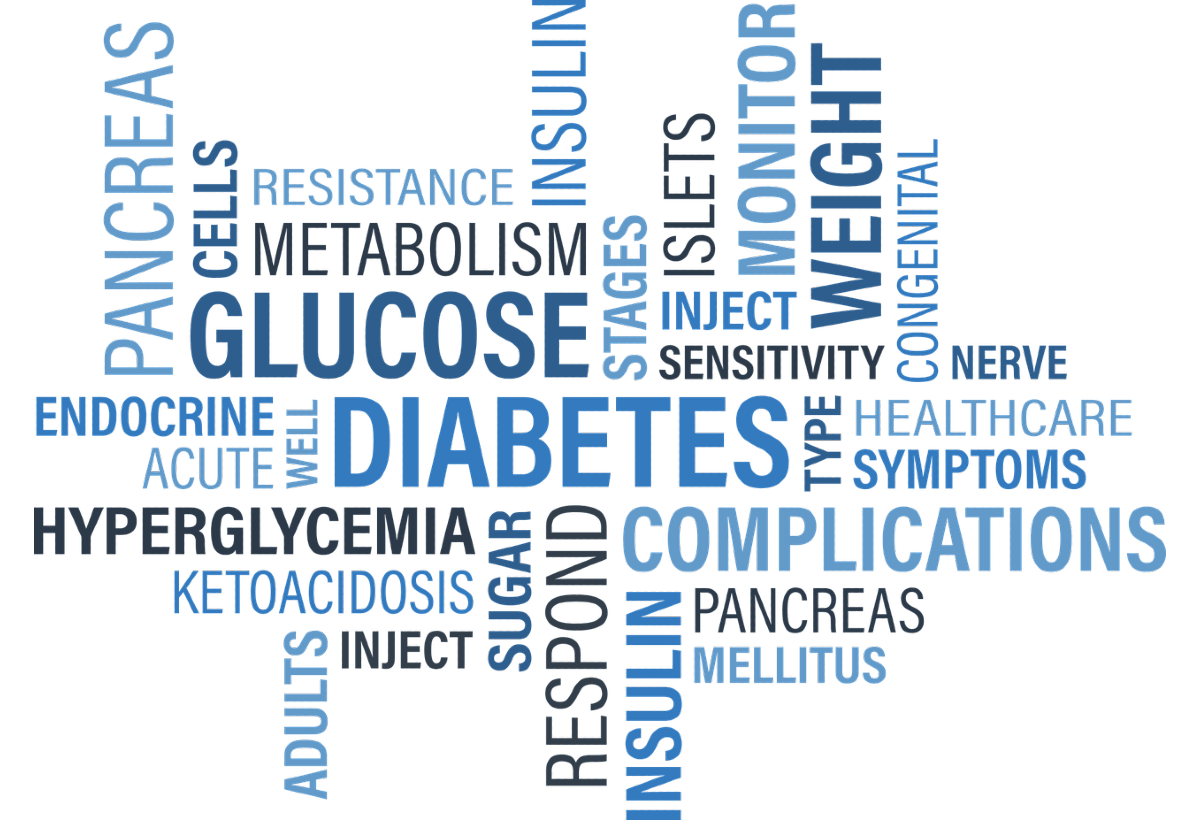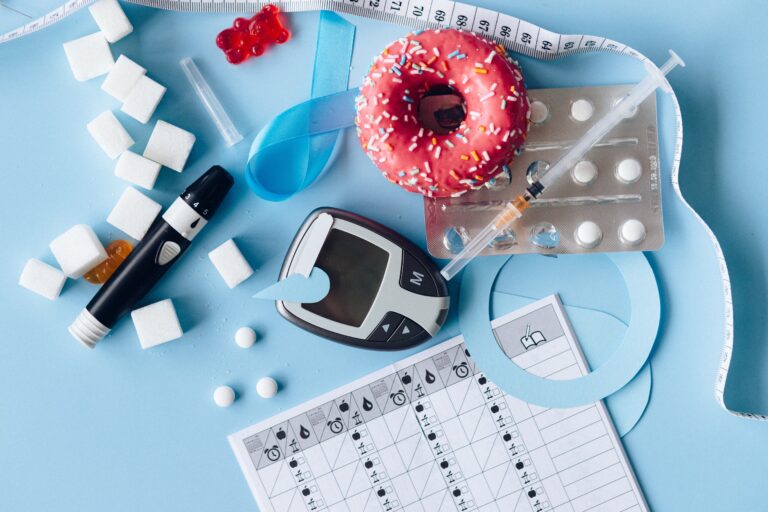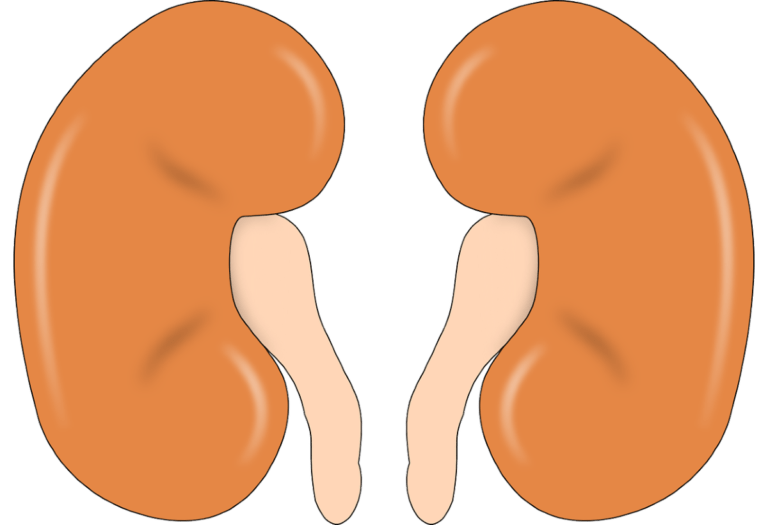Common Diabetes Terms
Terms commonly used with Diabetes
The following list is the more commonly used diabetes-related terms and their definitions. These words are listed in alphabetical order and are many of the words that you may hear when you are discussing diabetes.

Glucotrust Advanced Formula
Gluco Trust Max Capsules Maximum Strength Support
- Atherosclerosis
- The depositing of fatty, cholesterol-rich deposits along the artery walls. These deposits, atherosclerotic plaques, narrow the arteries, and play a key role in heart attack and stroke.
- Autoimmunity
- A condition in which the body’s immune system mistakes its own cells for outside invaders and attacks them. Type 1 diabetes develops when the immune system attacks the insulin-producing beta cells of the pancreas, destroying them, and halting insulin production.
- Beta cells
- The cells that make insulin. They are found in the islets of Langerhans in the pancreas, a comma-shaped gland located behind the stomach.
- Blood glucose
- Blood sugar, the body’s main fuel. In diabetes, because of insulin resistance or lack of insulin, the body cannot move blood glucose out of the blood into the cells where it is used.
- Blood-glucose meter
- Is a hand-held device that measures the level of glucose in the blood. After sticking a finger with a small razor (lancet), you place a drop of blood on a test strip, and then insert it into the meter. The meter analyzes the glucose level, and a reading appears in about a minute.
- CDE
- Certified diabetes educator. A health professional who has passed a national exam demonstrating competence in counseling people with diabetes.
- CSII
- Continuous subcutaneous insulin infusion. An insulin pump delivers this.
- Cardiovascular disease
- A common — and serious — complication of diabetes. Most people with diabetes ultimately die of cardiovascular disease. Cardiovascular disease is a condition of the heart (cardio) and blood vessels (vascular) in which the arteries become narrowed by fatty, cholesterol-rich deposits known as atherosclerotic plaques. Once narrowed, circulation becomes impaired. The cells of the heart do not receive enough nourishment and oxygen to pump sufficient blood for the body’s needs. Blood pressure rises, and the heart becomes fatigued. If an artery in the heart becomes completely blocked by atherosclerotic plaques, the blood supply to part of the heart gets cut off (coronary artery disease), and the result is a heart attack. If an artery in the brain becomes completely blocked by atherosclerotic plaques, blood supply to part of that organ gets cut off, and the result is a stroke.
- Cholesterol
- A substance the body uses to make cell walls and certain vitamins and hormones. The liver produces enough cholesterol for these purposes, and in most people keeps the blood cholesterol level below 200 milligrams per deciliter (mg/dl). But blood cholesterol rises with consumption of animal products, which contain both cholesterol and saturated fat. The atherosclerotic plaques that lead to heart attack and stroke are rich in cholesterol.
- Diabetes Control and Complications Trial
- The DCCT was a 10-year study of more than 1,400 people with type 1 diabetes sponsored by the National Institutes of Health. It showed what many diabetes specialists had suspected for years, that tight blood-glucose control significantly reduces risk of all diabetic complications: cardiovascular disease, eye disease (retinopathy), kidney disease (nephropathy), and nerve damage (neuropathy).
- Diabetes
- A disease characterized by a lack of insulin production, or the body’s inability to use the insulin it produces properly. In diabetes, blood glucose levels rise to abnormal levels, which can cause a host of symptoms and complications.
- Diabetes mellitus
- The medical term for diabetes.
- Exchange lists
- One way people with diabetes can plan their meals and diet. The exchange lists group foods into six categories: starch/bread, meat, vegetable, fruit, milk, and fat. Foods within any list can be substituted, or exchanged, with other foods on the same list without significantly altering the nutritional content of your diet.
- Foot ulcers
- Cuts or other wounds on the feet. In people with diabetes, foot ulcers may not heal, and may lead to serious infection, possibly leading to amputation.
- Gestational diabetes
- A type of diabetes triggered by pregnancy. Hormones released during pregnancy can raise the mother’s blood glucose levels. She can lower levels with diet and exercise, or she may need to inject insulin. Gestational diabetes usually clears up after giving birth, but women who have had it are at risk for developing type 2 diabetes later in life.
- Glucagon
- A hormone produced by the pancreas that raises blood glucose levels. An injectable form can be prescribed for treating severe cases of hypoglycemia.
- Glucose
- The form of sugar that fuels the body. Produced by digesting foods, it’s carried by the blood to the cells. The amount of glucose in the blood is known as the blood glucose level.
- Glycosylated hemoglobin
- Hemoglobin molecules with glucose attached. Hemoglobin is a key molecule in red blood cells. No matter what a person’s blood glucose level, a small proportion of hemoglobin molecules pick up glucose and become glycosylated. In people without diabetes, about 5% of hemoglobin is glycosylated. But as blood glucose levels rise, so does glycosylated hemoglobin. In people with poorly controlled diabetes, it can rise as high as 13%. A simple blood test, called the HbA1c test, reveals glycosylated hemoglobin level. It provides a snapshot of blood-glucose control during the previous two to three months.
- HbA1c
- See Glycosylated hemoglobin.
- Hyperglycemia
- High (hyper) blood glucose (glycemia), a level higher than 140 mg/dL. Acute symptoms include frequent urination, increased thirst, and weight loss. If left untreated, hyperglycemia produces diabetes complications: cardiovascular disease, eye disease (retinopathy), kidney disease (nephropathy), and nerve damage (neuropathy).
- Hypoglycemia
- Low (hypo) blood glucose (glycemia), a level lower than 70 mg/dL. Symptoms include moodiness, numbness in the arms and hands, confusion and shakiness, or dizziness. Untreated, hypoglycemia can cause sudden loss of consciousness.
- IDDM
- Insulin-dependent diabetes mellitus, or type 1 diabetes.
- Impaired glucose tolerance
- A condition where blood glucose level is between normal and diabetic.
- Impotence
- The inability in men to get or maintain an erection. A possible complication of diabetes.
- Insulin
- A hormone produced by the pancreas that enables the body’s cells to use glucose. It “tells” the cells to let glucose in. The cells then use glucose as fuel. In type 1 diabetes, a person does not produce insulin. In type 2 diabetes, a person produces insulin, but the body cannot use it properly.
- Insulin pump
- . A small, computerized, programmable device about the size of a pager that sends a continuous stream of insulin into the bloodstream. It replaces insulin injection.
- Insulin resistance.
- The main problem in type 2 diabetes. The pancreas produces insulin, but the cells do not respond to it properly — they’re resistant.
- Jet injector
- A gun-like device that injects insulin without needles. It pushes insulin directly through the skin.
- Ketones
- Acidic byproducts of fat metabolism that turn up in the blood and urine as a result of low insulin levels. Ketoacidosis. An acute complication caused by a lack of insulin in the blood. Without insulin, the cells cannot use glucose. Before they starve, the body breaks down fat for energy. Fat metabolism introduces high levels of ketones into the blood and urine. When ketone blood levels rise, ketoacidosis develops, causing difficulty breathing, coma, and possibly death.
- Lancet
- The small device used to prick the finger for blood-glucose testing.
- mg/dL
- Milligrams per deciliter, a unit of measurement denoting the proportion of solids in a liquid medium. Levels of blood glucose are measured in mg/dl.
- NIDDM.
- Non-insulin-dependent diabetes mellitus, or type 2 diabetes.
- Nephropathy.
- Kidney damage. This potentially life-threatening complication is the result of years of poorly controlled diabetes. Dialysis or a kidney transplant may become necessary.
- Neuropathy
- Damage to the nervous system. Peripheral neuropathy affects the motor nerves that control walking. Sensory neuropathy impairs the nerves that control touch, sight, and pain perception. Autonomic neuropathy affects the nerves involved in such involuntary functions as digestion.
- Obesity
- A weight more than 20 percent above that recommended for your gender, height, and build. Obesity is a key risk factor for type 2 diabetes.
- Pancreas.
- The gland behind the stomach whose beta cells produce insulin.
- Pen injector
- It looks like an ink pen, but contains a pre-measured amount of insulin, ready to be injected.
- Random plasma glucose test
- A blood test that measures the amount of glucose in the blood usually shortly after eating or drinking. A result greater than 200 mg/dl indicates diabetes.
- Retinopathy
- Damage to small blood vessels in the eye that can cause vision problems including blindness. A complication of diabetes. In background retinopathy, the blood vessels in the eye leak fluid into the retina, causing blurred vision. In proliferative retinopathy, new abnormal blood vessels grow in the retina, and may cause blindness.
- Tight control
- A form of diabetes management that keeps blood glucose as close to normal as possible. Tight control can greatly reduce risk of diabetes-related complications.
- United Kingdom Prospective Diabetic Study (UKPDS)
- A landmark study of 5,102 people with type 2 diabetes. This study found that tight glucose control reduces risk of eye disease (retinopathy), kidney disease (nephropathy), and nerve damage (neuropathy).









